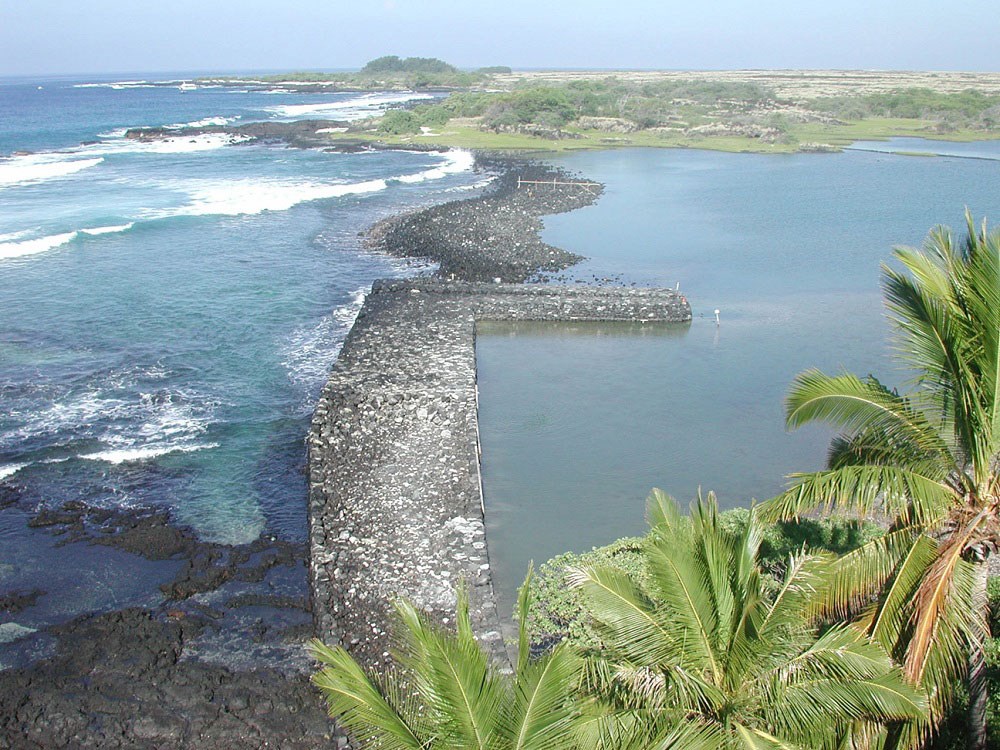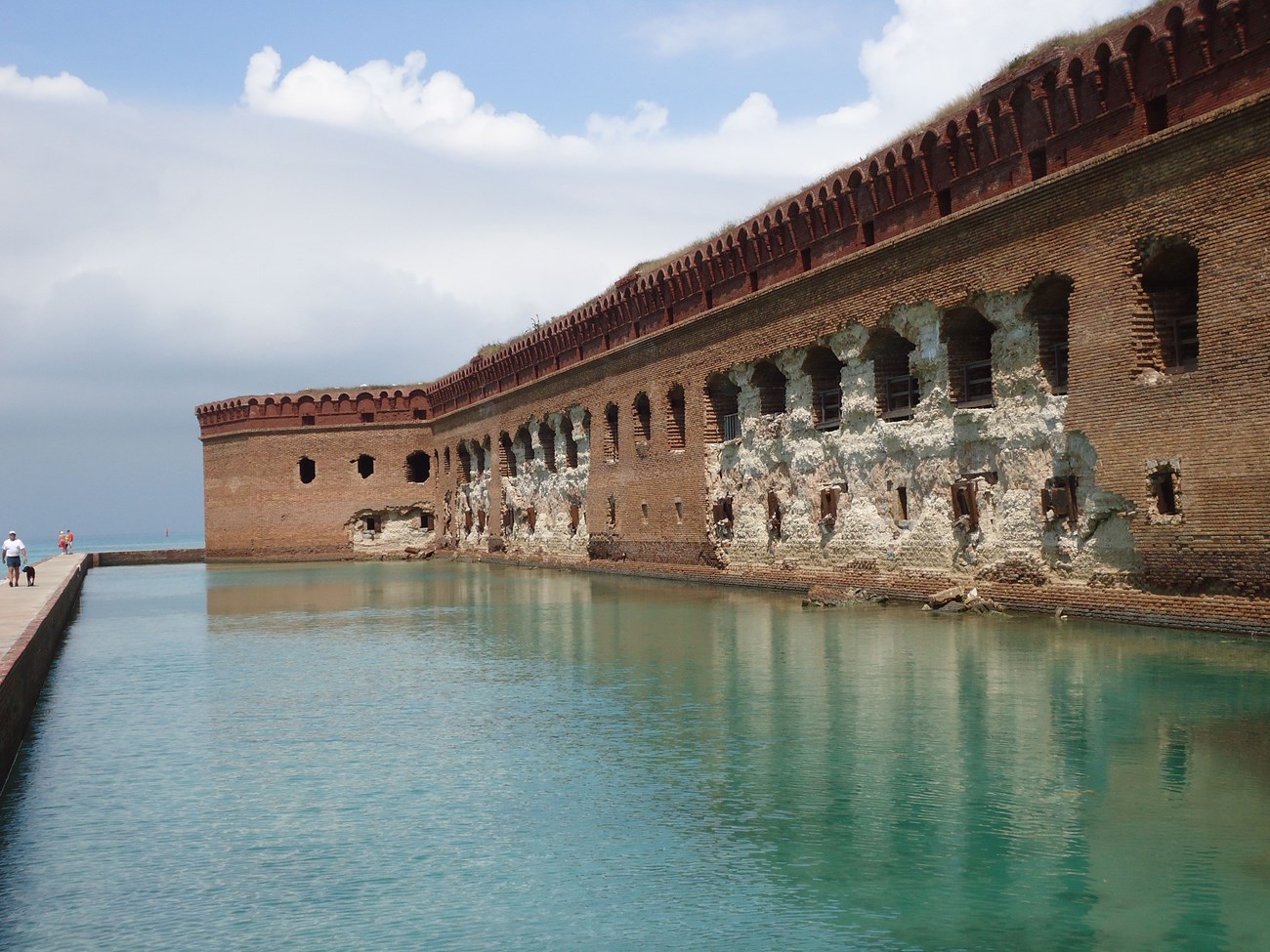Part of a series of articles titled Coastal Processes.
Previous: Coastal Processes—Organic Activity
Article

NPS Photo.
The position and height of the sea (or lake) relative to land, that is relative sea level, determines the location of shorelines. Though global fluctuations in sea level may result from the growth and melting of continental glaciers and large-scale changes in the configuration of continental margins and ocean floors, many regional processes result in rise or fall of relative sea level that affect one coastline and not another. These include: thermal expansion of ocean waters, changes in meltwater load, crustal rebound from glaciation, uplift or subsidence in coastal areas related to various tectonic processes (e.g., seismic disturbance and volcanic action), fluid withdrawal, and sediment deposition and compaction. Variations in relative sea level also may result from geodetic changes such as fluctuations in the angular velocity of Earth or polar drift.
Much of the present-day onshore movement of sediment arises from post-glacial rise in sea level. Sediments deposited on previously exposed continental shelves are still being moved inland in response to Holocene rise in sea level and the adjustment of the nearshore zone to present-day tidal and wave regimes. In some localities this sediment supply seems to have been exhausted and some depositional landforms constructed during this period of sea-level rise are now being eroded (Summerfield 1991).
Rising global sea level may have profound implications for costal parks. Changes in relative sea level may alter the position and morphology of coastlines, causing coastal flooding, waterlogged soils, and a loss or gain of land. They also may create or destroy coastal wetlands and salt marshes, inundate coastal settlements, and induce saltwater intrusion into aquifers, leading to salinization of groundwater. Coastal ecosystems are bound to be affected, for example, by increased salt stress on plants. In Everglades National Park, higher salinity waters are encroaching on the fresh water areas. This leads to a decline in marsh, mangrove, and prairie areas. A changing relative sea level also may have profound effects on coastal structures and communities. Low-lying coastal and island states such as Dry Tortugas National Park are particularly susceptible to sea-level rise as well as many of the world’s sandy beaches.

Scientists and land managers working with the National Park Service have been studying the potential impacts of sea level rise and storm surge on coastal parks. For more information on seal level rise in response to a changing climate visit the Sea Level Change page.
Part of a series of articles titled Coastal Processes.
Previous: Coastal Processes—Organic Activity
Last updated: March 8, 2019